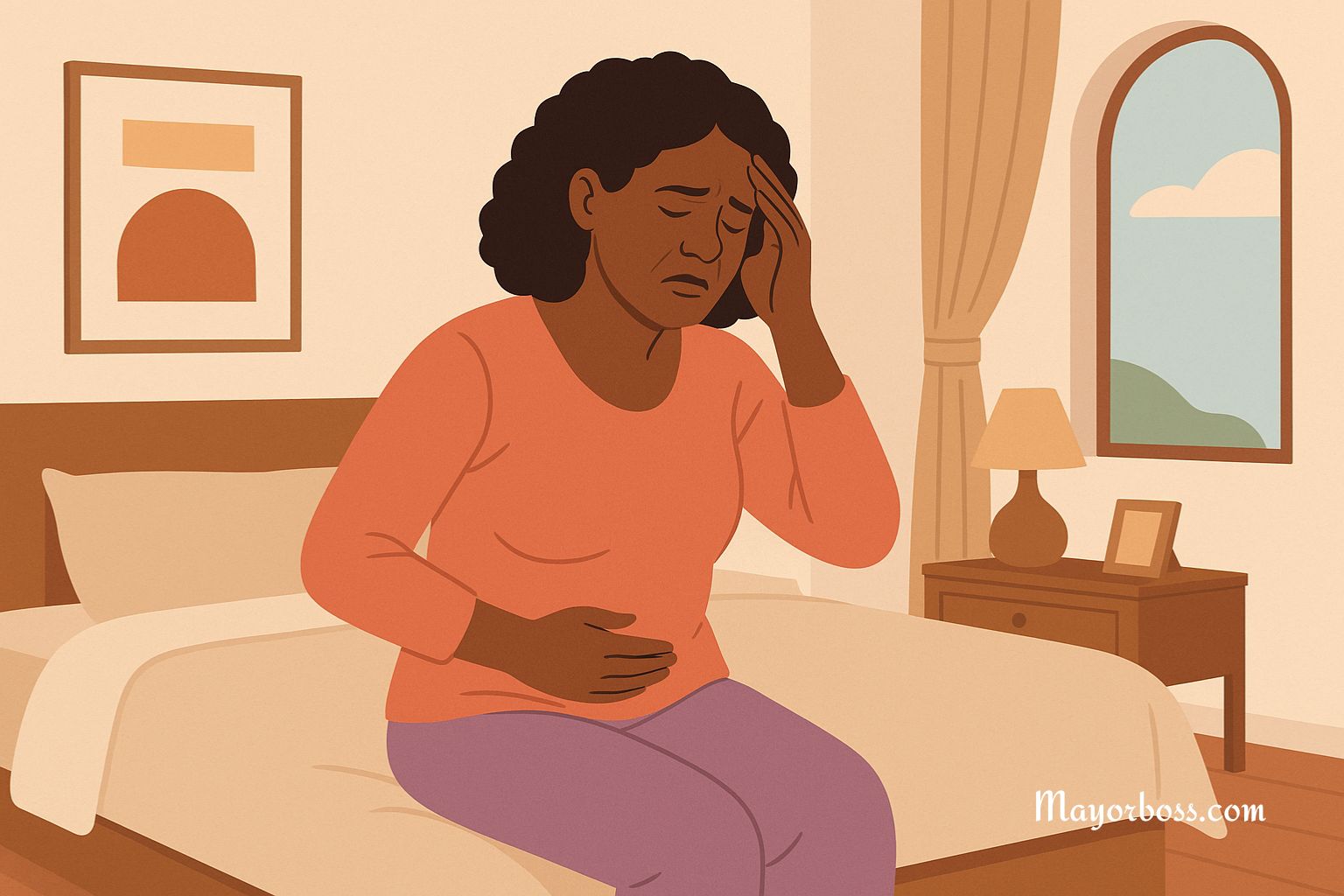When Your Body Hurts and Doctors Find Nothing (Medically Unexplained Physical Symptoms)
It can be one of the most frustrating experiences. You feel real pain. Your fatigue is overwhelming. Something clearly isn’t right with your body. But test after test shows nothing. Your doctor tells you everything looks “normal.” You leave without answers—again.
If this sounds familiar, you may be dealing with what medicine calls medically unexplained physical symptoms (MUPS). These are symptoms that have no clear cause, at least not one that shows up in lab results, imaging scans, or physical exams.
Medically unexplained physical symptoms (MUPS) are very common. Keep reading to learn more about it.

What Are Medically Unexplained Physical Symptoms?
MUPS refers to real physical symptoms that don’t have an identifiable medical explanation. These symptoms may include:
- Chronic pain
- Fatigue
- Digestive issues (like nausea, bloating, or diarrhea)
- Dizziness
- Muscle tension and cramping
- Heart palpitations and chest tightness
- Numbness or tingling
- Drowsiness
- Headaches
- Strong urge to pee and pain when peeing
- Chest pain
- Shortness of breath
- Abnormal sensations like itching
It’s important to understand that these symptoms are not “in your head.” They are real. They can interfere with your daily life. But despite the discomfort, routine medical tests often don’t show a clear cause.
Why Does This Happen?
There isn’t one simple answer. Several factors may contribute:
1. Nervous System Sensitivity
Sometimes the nervous system becomes overly sensitive. It misreads normal signals as pain or discomfort. This can happen after an illness, injury, or a stressful event. In some people, the brain continues to send pain signals even after the body has healed.
2. Stress and Emotional Health
The brain and body are deeply connected. Long-term stress, anxiety, or past trauma can trigger or worsen physical symptoms. For example, stomach pain can be a physical expression of emotional distress. That doesn’t mean the pain isn’t real—it is. But it may be driven or amplified by your emotional state.
3. Undetectable or Early-Stage Conditions
Some health conditions take time to fully develop or may not show up on standard tests early on. Conditions like fibromyalgia, irritable bowel syndrome (IBS), or chronic fatigue syndrome were once considered unexplained. Today, we understand them better, but testing is still limited.
4. Body-Mind Disconnect
When the body sends signals and the brain doesn’t know how to interpret them, the symptoms may feel strange or disconnected. Some researchers believe this miscommunication between the body and the brain contributes to medically unexplained symptoms.
How Common Is It?
MUPS are more common than many people think. Studies suggest, as does the National Health Service, that up to 1 in 4 people who visit primary care clinics have at least one unexplained symptom. In some cases, these symptoms go away on their own. But for others, they become chronic and disabling.
When to Seek Medical Attention
You should never ignore symptoms. Always start with a thorough medical evaluation. Sometimes, what seems unexplained at first may turn out to have a treatable cause. Ask your doctor:
- What conditions have been ruled out?
- Could this be a functional disorder (like IBS or fibromyalgia)?
- Would seeing a specialist help?
If you feel your concerns aren’t being taken seriously, get a second opinion.
What You Can Do If You’re Told “Nothing Is Wrong”
Hearing that “everything is fine” when you’re still in pain can be disheartening. Here’s how to move forward:
1. Track Your Symptoms
Keep a daily journal of your symptoms, sleep, food, stress levels, and activities. Patterns may emerge that help you and your doctor understand triggers or trends.
2. Explore Functional Medicine or Holistic Approaches
These approaches look at the whole body—including lifestyle, nutrition, and emotional health. Some people find relief when working with a functional medicine provider, integrative health doctor, or naturopathic practitioner.
3. Work With a Mental Health Professional
This doesn’t mean your symptoms are imagined. But therapy, especially cognitive behavioral therapy (CBT), can help reduce the intensity of symptoms. It can also help you cope with fear, frustration, and stress.
4. Focus on Sleep, Nutrition, and Movement
These foundations support your nervous system and help reduce physical distress. Even gentle activity, such as walking or stretching, may ease pain and fatigue over time.
5. Mind-Body Techniques
Practices like mindfulness, deep breathing, yoga, tai chi, and guided imagery help calm an overactive nervous system. Many patients with chronic, unexplained symptoms report improvement with regular practice.
Conditions That May Be Linked
Some conditions often start as unexplained symptoms before receiving a name. These include:
- Fibromyalgia – widespread pain, fatigue, poor sleep
- Chronic Fatigue Syndrome (ME/CFS) – extreme tiredness not improved with rest
- Irritable Bowel Syndrome (IBS) – chronic digestive discomfort without clear inflammation
- Somatic Symptom Disorder – when physical symptoms cause major distress and interfere with life
- Functional Neurological Disorder (FND) – neurological symptoms without a structural brain disease
A diagnosis doesn’t always provide a cure, but it can guide treatment and improve quality of life.
Takeaway
If your body hurts but tests are normal, you are not alone—and you are not imagining it. Medically unexplained symptoms are real, complex, and often misunderstood.
The path to healing may take time and require a team-based approach. Don’t give up. Trust your body. Advocate for yourself. And know that while answers may not come quickly, relief is possible.






